Recommended Posts
nigel99 151
QuoteThough I've never flown a jumpship, as a pilot I wouldn't be too concerned with who exits the cabin after I gave a bailout order. Any bit of weight loss is appreciated, but I wouldn't want the deaths of AFF students on my conscious.
The order of priority on a plane for any pilot is as follows: My ass, your ass, people on the ground, the aircraft, the property on the ground. A pilot ordering all but students out is protecting "my ass" by avoiding the ramifications of said students dying on his order.
If I were a jump pilot, I would write an SOP on bailout procedures leaving it up to instructors to determine if students should jump or stay. Then, my only worry would be to say "get out" (if I'm high enough) and focus on setting up the plane for egress then for a survivable landing.
I think your logic is flawed. Unsupervised students are probably more of a danger to you in the plane than out. I've been a student in an aircraft emergency where it was unknown if we would make it back to the airport of 6 jumpers on the load, the jumpmaster stayed with me in the plane as his responsibility and all other jumpers left. I know that Gary was pissed at having to stay in the plane but he did spend the time on descent debriefing and running through options with me in case the situation deteriorated further.
If you were that close to the airport at 5K, why not wait till over the airport and then bail ? Jumpers near dz,plane near runway ! it would only have taken 3 minutes or so ...was the plane level ? was it losing altitude ? ahhh we don't know,cuz no one is telling the story in chronological order with details, just bits and bits...![]() no effing wonder.....
no effing wonder.....![]()
FB # - 1083
normiss 639
You smell fish too? ![]()
SIM Sec. 2-1E.8 “No skydiver will simultaneously perform the duties of a USPA instructional rating holder and pilot-in-command of an aircraft in flight. [NW]”
However the pilot can request that the instructors get out of the plane to lighten the load but the instructor’s have the final decision based on their training and experience and their students training.
Do I believe that both instructors should have gotten out? No, not both of them at least one should have stayed with the students.
I would like to know who was the AFF/IE who gave them their ratings??
Do I believe this incident happened on a twin otter? No, because I have landed in a full otter when it lost one engine's Beta Rings at 1000’, (This Ring is used by the propeller governor to gage the propeller pitch and when the Ring fails the propeller goes into feather, meaning no output). The pilot circled back around and landed without incident with field air density at 2200’.
billvon 2,464
> 1000’, (This Ring is used by the propeller governor to gage the propeller pitch
>and when the Ring fails the propeller goes into feather, meaning no output). The
>pilot circled back around and landed without incident with field air density at
>2200’.
Not all Otters can do that. Several years back one of the Perris otters lost an engine on takeoff. The aircraft could not climb out of ground effect with the remaining engine. Due to some skillful flying (and thanks to the lack of trees out here) the pilot was able to get the plane back on the ground with minimal damage (nose wheel collapsed.)
DSE 3
Quote
I would like to know who was the AFF/IE who gave them their ratings??
Jay Stokes, June 13, 2009. Having attended Jay's course in Eloy 4 months previously, and having observed his course at Skydive Hawaii in May, 2009 I assure you this training _is_ part of his course.
QuoteDo I believe this incident happened on a twin otter? No, because I have landed in a full otter when it lost one engine's Beta Rings at 1000’, (This Ring is used by the propeller governor to gage the propeller pitch and when the Ring fails the propeller goes into feather, meaning no output). The pilot circled back around and landed without incident with field air density at 2200’.
As mentioned far upthread, it was a King Air 90, with a field altitude of 4200 MSL.
normiss 639
it might help alleviate the confusion...
Tolgak 0
QuoteQuoteThough I've never flown a jumpship, as a pilot I wouldn't be too concerned with who exits the cabin after I gave a bailout order. Any bit of weight loss is appreciated, but I wouldn't want the deaths of AFF students on my conscious.
The order of priority on a plane for any pilot is as follows: My ass, your ass, people on the ground, the aircraft, the property on the ground. A pilot ordering all but students out is protecting "my ass" by avoiding the ramifications of said students dying on his order.
If I were a jump pilot, I would write an SOP on bailout procedures leaving it up to instructors to determine if students should jump or stay. Then, my only worry would be to say "get out" (if I'm high enough) and focus on setting up the plane for egress then for a survivable landing.
I think your logic is flawed. Unsupervised students are probably more of a danger to you in the plane than out. I've been a student in an aircraft emergency where it was unknown if we would make it back to the airport of 6 jumpers on the load, the jumpmaster stayed with me in the plane as his responsibility and all other jumpers left. I know that Gary was pissed at having to stay in the plane but he did spend the time on descent debriefing and running through options with me in case the situation deteriorated further.
Where in my post did I say to leave anyone unsupervised? You're arguing against a statement that doesn't exist.
In an emergency, the less to worry about, the better. I'm simply saying that the pilot's decision should be either get out or stay. The instructors choose whether or not to take the students or to leave the students and an instructor on the plane.
nigel99 151
QuoteQuoteQuoteThough I've never flown a jumpship, as a pilot I wouldn't be too concerned with who exits the cabin after I gave a bailout order. Any bit of weight loss is appreciated, but I wouldn't want the deaths of AFF students on my conscious.
The order of priority on a plane for any pilot is as follows: My ass, your ass, people on the ground, the aircraft, the property on the ground. A pilot ordering all but students out is protecting "my ass" by avoiding the ramifications of said students dying on his order.
If I were a jump pilot, I would write an SOP on bailout procedures leaving it up to instructors to determine if students should jump or stay. Then, my only worry would be to say "get out" (if I'm high enough) and focus on setting up the plane for egress then for a survivable landing.
I think your logic is flawed. Unsupervised students are probably more of a danger to you in the plane than out. I've been a student in an aircraft emergency where it was unknown if we would make it back to the airport of 6 jumpers on the load, the jumpmaster stayed with me in the plane as his responsibility and all other jumpers left. I know that Gary was pissed at having to stay in the plane but he did spend the time on descent debriefing and running through options with me in case the situation deteriorated further.
Where in my post did I say to leave anyone unsupervised? You're arguing against a statement that doesn't exist.
In an emergency, the less to worry about, the better. I'm simply saying that the pilot's decision should be either get out or stay. The instructors choose whether or not to take the students or to leave the students and an instructor on the plane.
A pilot ordering all but students out is protecting "my ass" by avoiding the ramifications of said students dying on his order. I don't see that this leaves supervision, unless I am misunderstanding something? A pilot dealing with an aircraft emergency can't supervise students (in my opinion)
There is a good side to this in that no one was injured and some people will learn from it.
normiss 639
You're partially correct.
We DO indeed learn from these incidents.
Luck was simply on their side in this one.
I'm thankful it wasn't a 3 fatality incident, but could easily have been.
I'm also very disappointed that a number of people see nothing wrong with the way this was handled.
Me? I have HUGE issues with the way the "instructors" handled themselves and that the DZ has nothing to say.
They were at 5k for Christ's sake! That's PLENTY of student altitude.![]()
This sky jumping stuff IS serious people. Lives are at stake every time we go up. PLEASE try to remember that.
kallend 1,672
QuoteThe USPA is very clear on aircraft chain of command. Fun jumpers take their commands from the pilot, instructors also but the student listens to their instructor not the Pilot. The pilot can not supervise students,
SIM Sec. 2-1E.8 “No skydiver will simultaneously perform the duties of a USPA instructional rating holder and pilot-in-command of an aircraft in flight. [NW]”
.
The FAA is equally clear and makes the PIC 100% responsible. Neither FAR Part 91 nor Part 105 gives ANY authority to AFF instructors.
The only sure way to survive a canopy collision is not to have one.
awagnon 0
In this situation, with two students who have never landed without assistance, I believe the odds of them getting injured or worse was greater if they had jumped. I was not on this load, but from what I've been told, the emergency exit was essentially over the community of Grantsville. The chance of a student, with no solo landing experience, landing on an obstacle, a power line, a tree, or in Grantsville Lake makes the ODDS of his not getting hurt better to ride down with the plane. Even if the other engine failed, they were probably close enough for a dead stick landing ( if that's possible with a King Air ). It would be interesting to hear from the students, but if it were me, I would have stayed with the plane if I was in this situation at that point in my training and over a town.
Whether one or both of the AFF-I's should have stayed with the students is debatable and I'm not qualified to say. However, if I was one of the two students that day, I would just as soon have my instructor jump to lighten the plane once I had made the decision to go with the plane. Again, it's all about odds, and getting the extra weight out would improve MY odds if I stayed.
Hence, I think the right decision was made. But again, I wasn't there and have limited experience, so don't flame me. I'm just giving an opinion as a student if I were in this situation.
"Luck favors the prepared."
QuoteThe FAA is equally clear and makes the PIC 100% responsible. Neither FAR Part 91 nor Part 105 gives ANY authority to AFF instructors.
That is correct, but the instructor is still responsible for the student and yes the chain of command remains the same. The pilot is in command of the aircraft but the students take their command from the instructor. What skydiving school teach their students an alternative this? The instructors if they made the decision that the students should not exit then both or least one instructor should have remained aboard with their students.
On the grim side of this it would make great headlines would it not? “Airplane crashes killing pilot and skydiving students as instructors parachute to safety”.
Quotethe emergency exit was essentially over the community of Grantsville. The chance of a student, with no solo landing experience, landing on an obstacle, a power line, a tree, or in Grantsville Lake makes the ODDS of his not getting hurt better to ride down with the plane.
This is what you say, and Grantsville might be a shitty place for anyone to land, but then you go on to say this -
QuoteEven if the other engine failed, they were probably close enough for a dead stick landing
Given than, my question would be, with the fun jumpers gone and one engine running, was the plane maintaining altitude?
If it was, then there is no reason not to fly the plane towards to DZ at 5k. Let the students out, and than proceed to land. Even if the other engine did quit en-route, you're flying towards to airport and only increasing your chances of setting it down on the runway.
Even then, if the other engine did quit en-route, and they were still over congestied areas, the AFF-Is are able to exit at much lower altitudes than 5k, and could have bailed without the students at that time in order to lighten the load.
Which brings me to my next point, hwo much a difference would the one or two instructors made in terms of the weight of the aircraft? Lets keep in mind were talking about a King Air, and 350 lbs. of load is not going to make that much of a difference.
In terms of a 182, every jumper makes up a sizable portion of the aircrafts useful load. But to put in relative terms, the King Air dropping 350 lbs, is probably close the Cessna lightening up by about 50 lbs.
How far out of your way would you go to toss a tandem rig out of the 182 before conducting an emergency landing where you have partial power from the engine (keep in mind the KA had one good engine at the time). The tandem rig weighs 50 lbs, how bad do you want that gone?
I don't think were going to get an answer to this question, but was the plane maintaining altitude? If so, why did anyone get out over a congested city area? Why didn't the pilot turn back and give everyone a pass right over the field?
As a pilot, I can't think of a better place to be with an engine out than at 5k directly over an airport.
They were at 5,000 AGL and 6 miles from the DZ. There was more then enough time and altitude to either fly back and land with all aboard or fly back and let everyone out. (yes I am a pilot) I have over 500 jumps out of that particular King Air and unless it has changed a great deal in the last few years it will fly at 90 to 100 MPH and climb on one engine. I have been in it when it flew more than 15 miles to land with what I consider more serious damage than a blow engine. (see attachments) Leaving unsupervised 2 students in the aircraft is not only shirking the responsibility you are getting paid for but you left the pilot with a time bomb. Shame on you.
Sparky
billeisele 122
QuoteOk, I don't have the experience of most, if not all of the posters on this forum. I believe ---
---if it were me, I would have stayed with the plane
Whether one or both of the AFF-I's should have stayed with the students is debatable and I'm not qualified to say. However, if I was one of the two students that day, I would just as soon have my instructor jump to lighten the plane once I had made the decision to go with the plane.
Hence, I think the right decision was made. But again, I wasn't there and have limited experience, so don't flame me. I'm just giving an opinion as a student if I were in this situation.
NOTICE TO ANY STUDENTS READING THIS: the only accurate statements above are those referencing lack of knowledge and ability to make a good decision
this is about the same as me saying well I've had surgery done on me, I'm not a surgeon so please don't flame me but in my opinion the surgeon that worked on you should have done xyz, if this was posted on a medical forum every surgeon would be thinking - this guy is an *&!$#*
if you are a student, as instructors in this situation, we will not ask your opinion, we will tell you what to do
if you don't think you have enough training to land the parachute with assistance then go get some training
in this situation it seems that there were other options that would have been better than leaving the students in the plane, until the full details are provided it is impossible to say, fortunately everything worked out OK, the bad thing is the next time something similar happens the same solution could be used with tragic results
awagnon 0
Quotethis is about the same as me saying well I've had surgery done on me, I'm not a surgeon so please don't flame me but in my opinion the surgeon that worked on you should have done xyz, if this was posted on a medical forum every surgeon would be thinking - this guy is an *&!$#*
Using your analogy, it's more like a patient with two or more surgical options and having to decide which option offers him/her the best odds of a favorable outcome. You listen to the advice of those with the most knowledge of your situation and make a decision based on your trust of their experience and recommendation. You don't post the question on a medical forum and take the advice of well qualified surgeons, but who have never seen you before and who don't know the details of your situation.
In this case, were you there? Do you know the situation as well as the four instructors on the plane? ( 2 AFFI's and two tandem instructors. ) I would follow the advice of my instructor, just like I would the advice of my surgeon. Before surgery, you can always get a second opinion. You don't have that luxury in an emergency. Except in this case, I would hope the students had the collective experience of the four instructors on the plane to decide what provided them with the best odds of a favorable outcome. Which it did.
Thank you for your reply to my post.
"Luck favors the prepared."
nigel99 151
I had got the impression from the earlier posts that AFF students were left alone in the plane with the pilot. The only downside of a TI being left in command is mobility as far as I can see as they probably have a student strapped to them.
Ketia0 0
normiss 639
Both tandems exited the aircraft...with their students. ![]()
kallend 1,672
QuoteQuoteThe FAA is equally clear and makes the PIC 100% responsible. Neither FAR Part 91 nor Part 105 gives ANY authority to AFF instructors.
That is correct,
YES IT IS!
Quote
but the instructor is still responsible for the student and yes the chain of command remains the same.
Neither FAR part 90 nor 105 define a chain of command, nor give any authority to anyone except the PIC. The AFFI cannot overrule the PIC.
The only sure way to survive a canopy collision is not to have one.


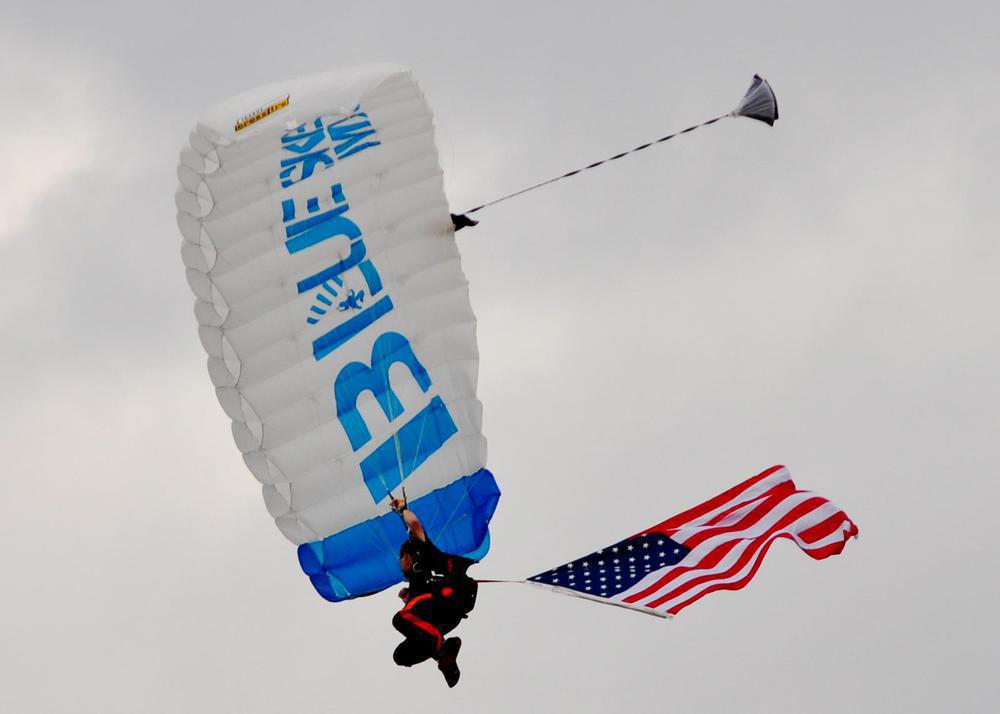

.thumb.jpg.4bb795e2eaf21b8b300039a5e1ec7f92.jpg)
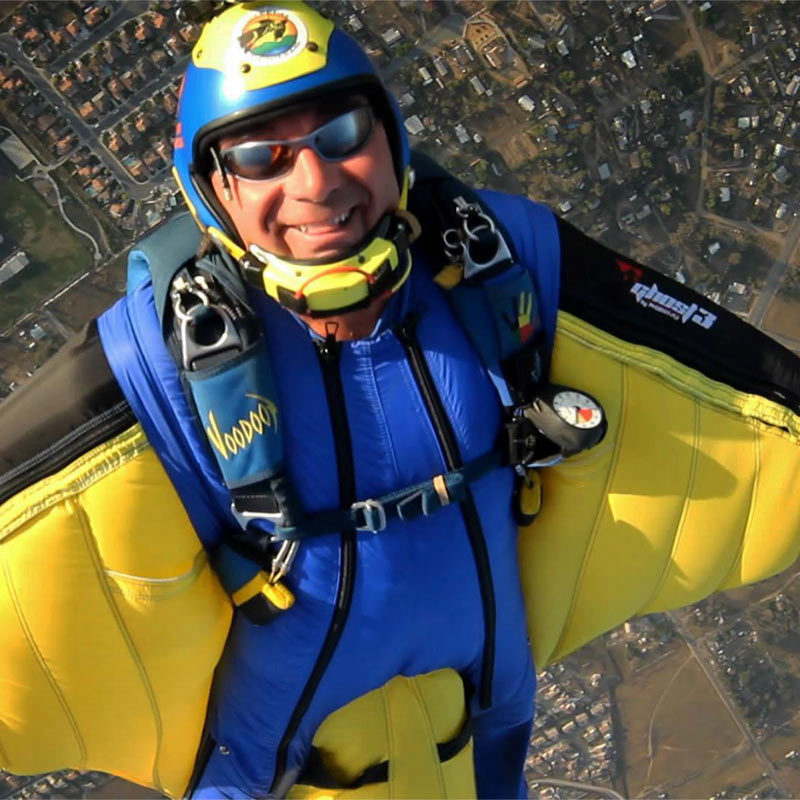
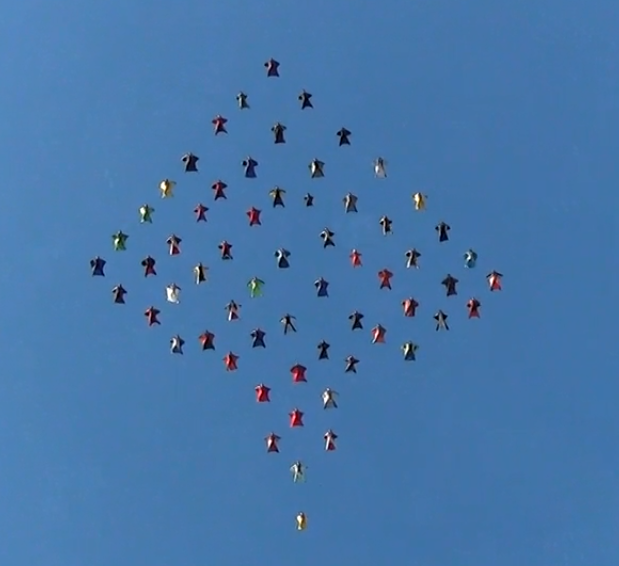
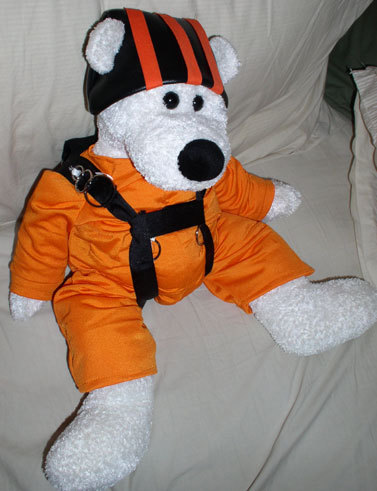
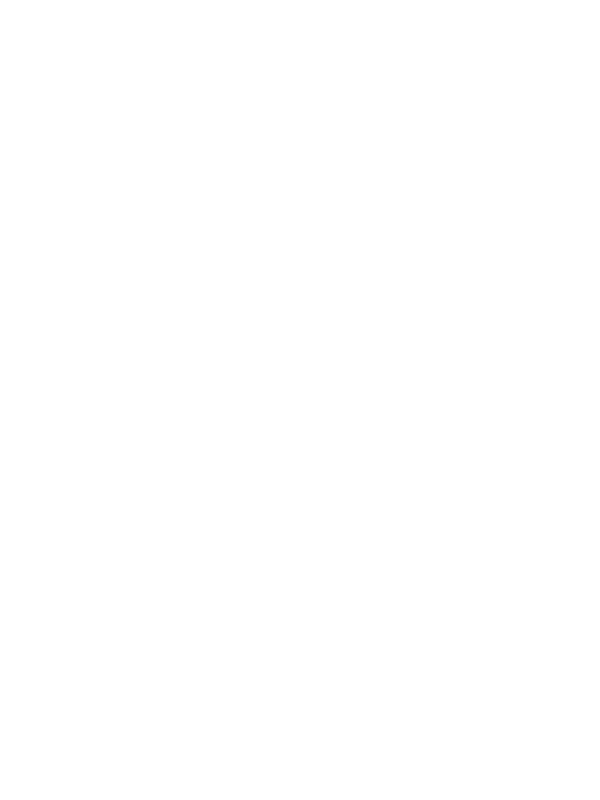
Share this post
Link to post
Share on other sites